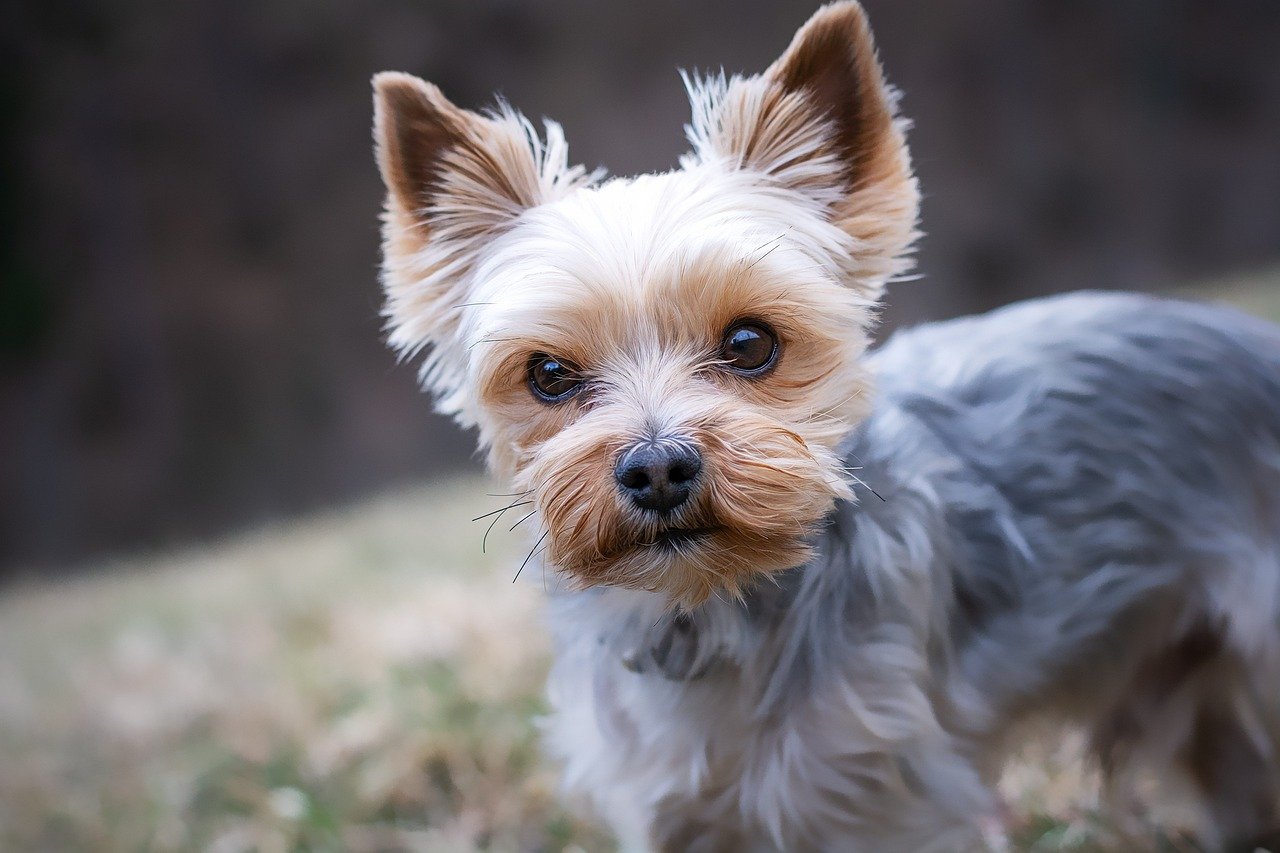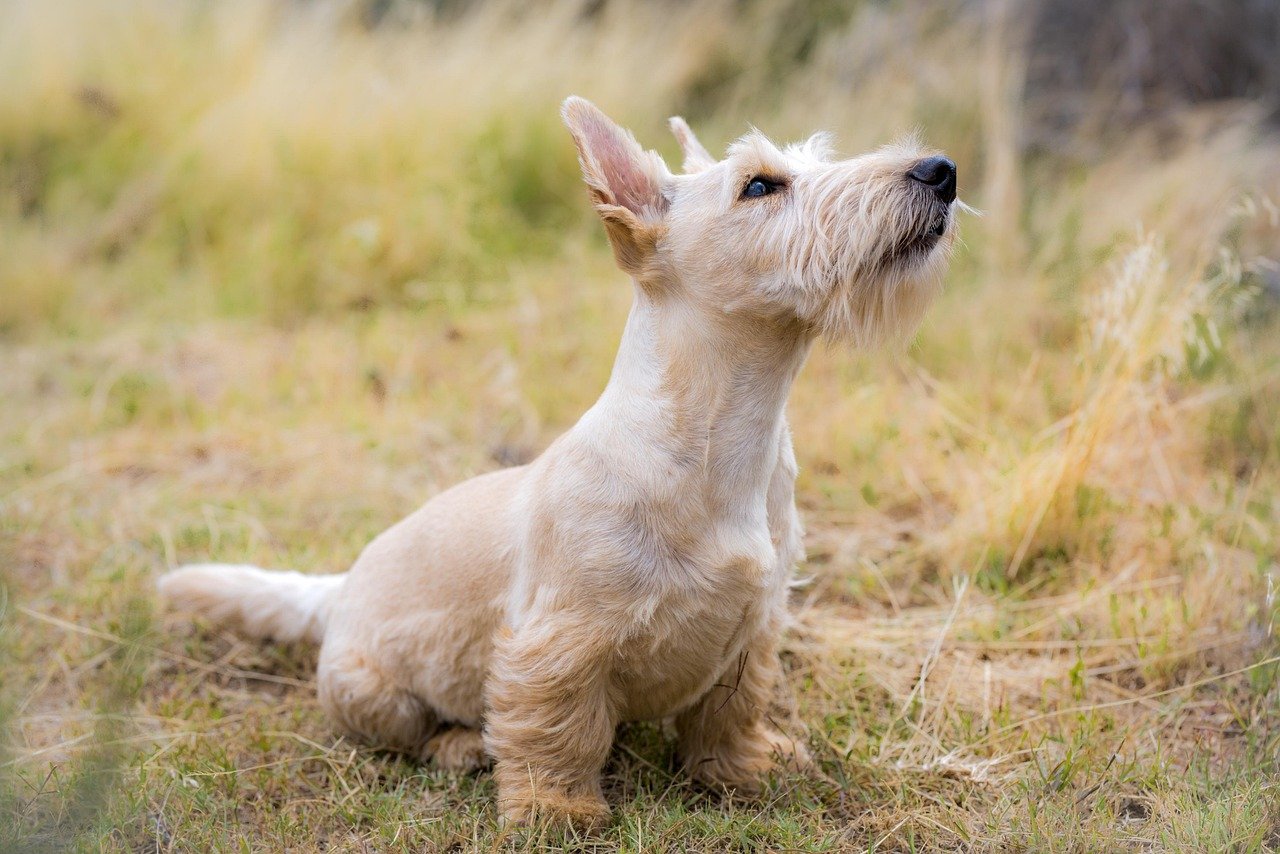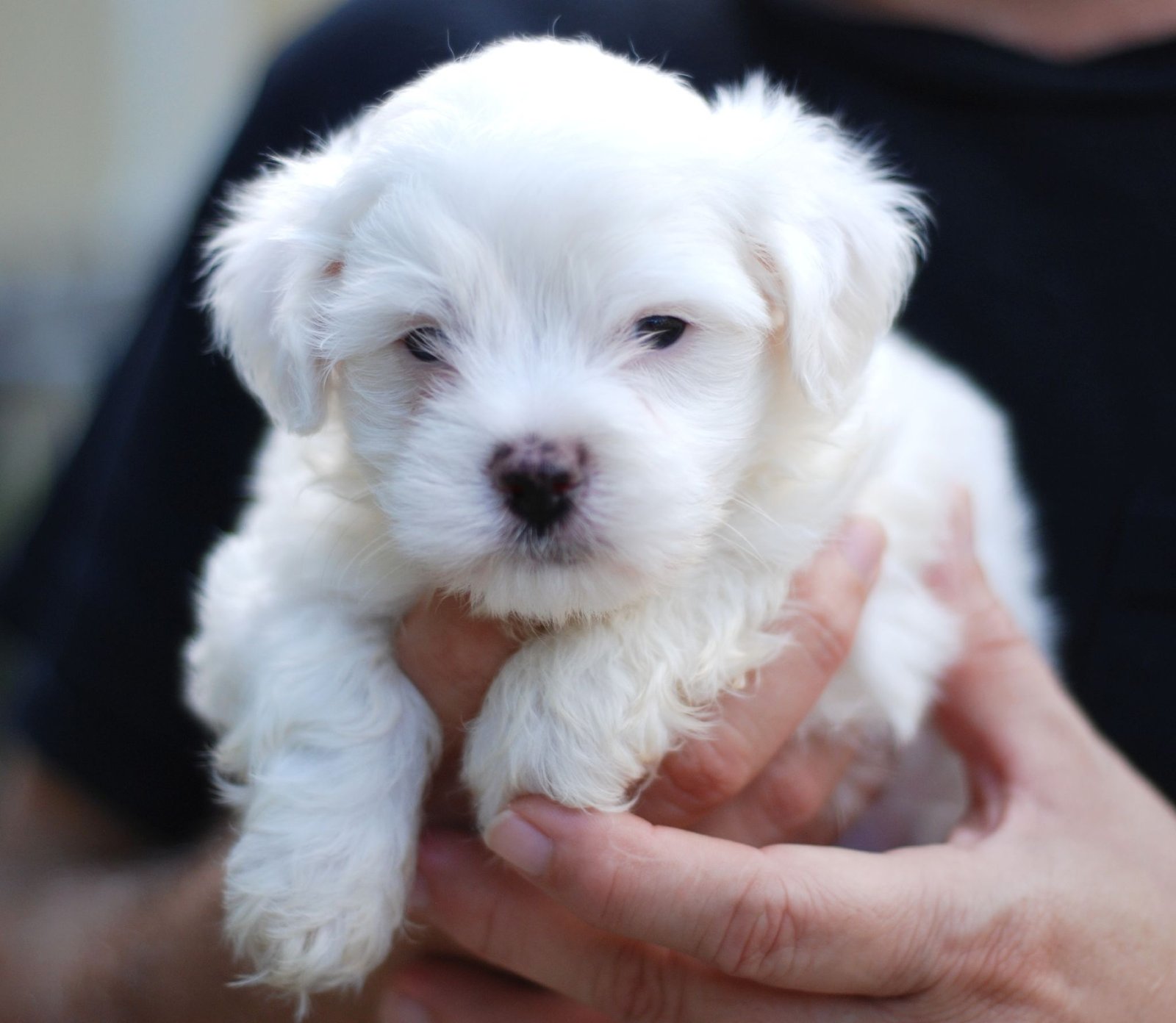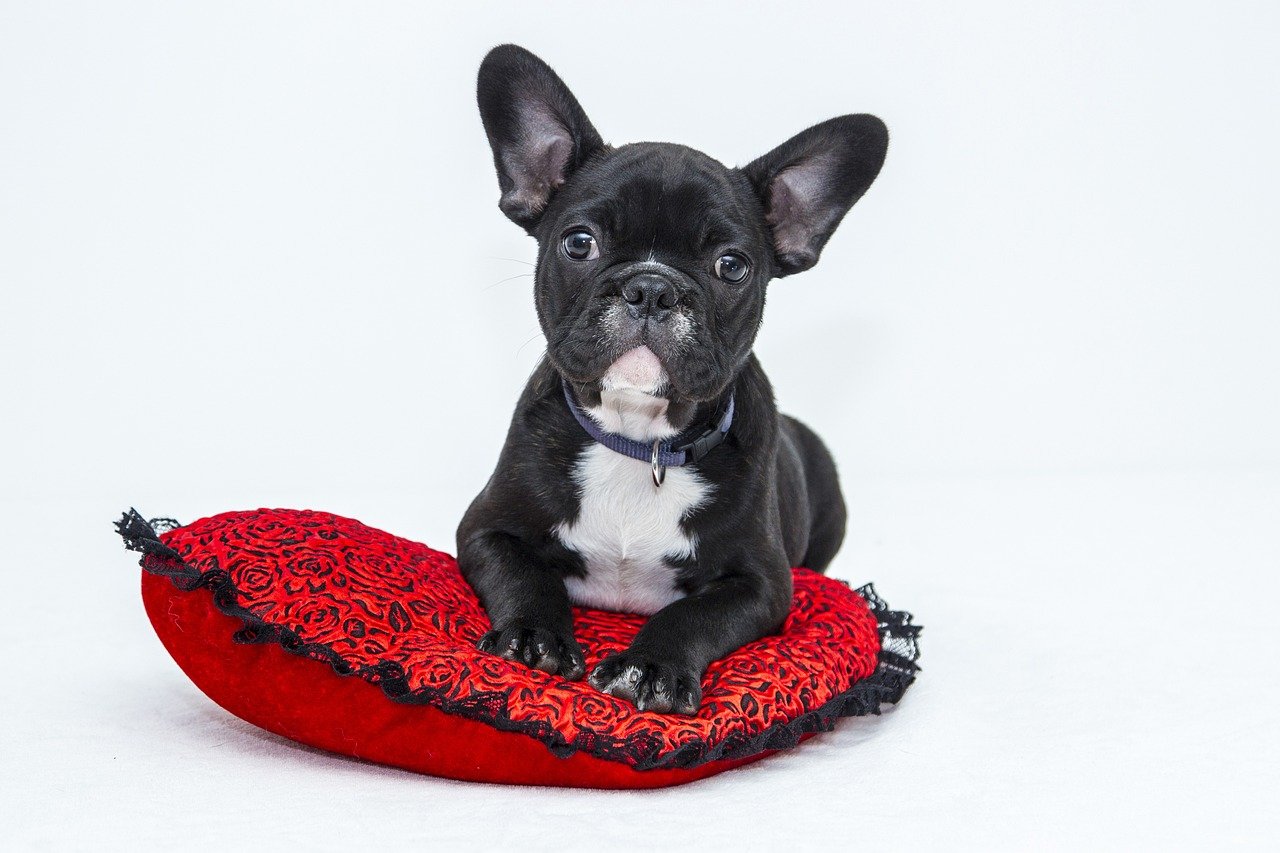Have you ever watched your tiny dog tremble at the sound of the vacuum cleaner, or bark frantically when you leave the room? It almost breaks your heart, doesn’t it? Small dogs often act like the world is a scary place, even when they’re safe at home. Their big eyes look up at you, and you just want to scoop them up and promise everything is okay. But why do these pint-sized pups get so anxious? And more importantly, what can you actually do to help them feel calm and confident? Let’s dig into the surprising reasons behind small dog anxiety and discover practical ways to soothe their nerves, so both you and your furry friend can breathe easier.
The Roots of Small Dog Anxiety

Small dogs seem wired a bit differently than their larger cousins. Part of the reason lies in their natural instincts. When you’re tiny in a big world, everything feels a little more threatening. Imagine walking through a crowd where everyone is ten times your size! It’s no wonder small dogs are on high alert. Genetics also play a role—certain breeds are more prone to nervousness, passed down from generations of anxious ancestors. The environment, especially during puppyhood, can shape how a small dog views the world. If they missed out on socialization or had a rough start, they might see danger everywhere. All these factors combine, making small dogs more likely to be jumpy, clingy, or even a little dramatic when they feel overwhelmed.
The Impact of Size on Perception

Being small isn’t just about fitting in cute sweaters—it changes how dogs see and experience the world. Furniture looms like mountains, people tower above, and loud noises sound even more intense. Small dogs are often picked up, carried, or handled more than big dogs, which can actually make them feel less in control. That lack of control can ramp up their anxiety. Think about how stressful it would be if you never knew when you’d be lifted off your feet! These pups also get startled more easily by quick movements or sudden sounds. Their view of the world is, quite literally, from the ground up, and that perspective can make everyday life feel a lot scarier.
Common Triggers for Anxiety in Small Breeds
Small dogs can be set off by all sorts of things. Loud noises like fireworks or thunderstorms make many little pups shake or hide. Unfamiliar people or animals can send them into a barking frenzy. Even something as simple as a car ride or a new piece of furniture can throw them off. Separation from their favorite human is another huge trigger—these dogs often form strong attachments, so being alone feels extra scary. Changes in routine, like moving houses or a new baby, can also raise their stress levels. It’s not that small dogs are stubborn or misbehaving; their world just seems full of surprises that they don’t always know how to handle.
The Role of Genetics and Breed Tendencies
Some breeds are simply more anxious than others, and many of those breeds are on the smaller side. Chihuahuas, Yorkshire Terriers, and Toy Poodles, for example, are known for their nervous energy. It’s not their fault—they’re just born with a heightened sense of alertness. This trait was useful for their ancestors, who needed to be quick and wary to survive. Today, though, it means they might bark at the mailman every single day. Genetics can also influence how a dog responds to stress. If a puppy comes from a line of high-strung parents, it’s more likely to be anxious too. So sometimes, anxiety is just part of who a dog is.
The Influence of Early Life Experiences

A dog’s early days shape its entire outlook on life. Puppies who aren’t properly socialized—meaning they don’t get to experience a variety of sights, sounds, people, and places—are far more likely to be anxious adults. Scary events like being weaned too early, having multiple homes, or experiencing trauma can leave a lasting mark on a small dog’s heart. Even well-meaning owners sometimes protect their little pups too much, unintentionally teaching them that the world is something to be afraid of. Gentle, positive exposure to new things in puppyhood helps build a dog’s confidence and resilience, making them less likely to be anxious later on.
Signs Your Small Dog Is Anxious
It’s not always easy to tell when a small dog is anxious, but there are some common signs. Shaking or trembling, excessive barking, and hiding under furniture are big clues. Some dogs become clingy, following their owners everywhere. Others might chew on things they shouldn’t or have accidents in the house. Yawning, licking lips, or pacing can also signal stress. Sometimes anxiety shows up in less obvious ways, like changes in appetite or sleep habits. If your little dog seems on edge more often than not, anxiety could be the culprit. Paying attention to their body language helps you spot the signs early.
How Your Own Emotions Affect Your Dog
Dogs are experts at reading their humans. If you’re stressed or anxious, your small dog will pick up on it—sometimes before you even realize how you feel. They watch your body language, listen to the tone of your voice, and sense changes in your routine. If you’re worried, your dog will often mirror that tension. This creates a feedback loop, where both of you end up feeling on edge. Taking care of your own mental health has a direct impact on your pup’s well-being. So, a calm and confident owner helps create a calm and confident dog, even if they’re naturally more sensitive.
Creating a Safe and Comforting Environment

Your small dog needs a place where they feel secure. Setting up a cozy spot with their favorite blanket, toys, and maybe an item of your clothing can work wonders. Keep their environment predictable—stick to a routine for feeding, walks, and bedtime. Limit loud noises and sudden changes as much as possible. If you have guests over, let your dog retreat to their safe spot if they need to. Some owners use calming aids like pheromone diffusers or gentle music. It’s all about making your little dog feel like they have a safe haven, no matter what’s going on around them.
Training Techniques to Reduce Anxiety
Positive reinforcement is your best friend when it comes to easing anxiety in small dogs. Reward calm behavior with treats, praise, or a favorite toy. Gradual desensitization—introducing your dog to scary things slowly and with lots of rewards—can help them build confidence. For example, if your dog fears the vacuum cleaner, start by turning it on in another room and give treats, then gradually bring it closer over several sessions. Never punish anxious behavior; it only makes things worse. Consistent training, patience, and a gentle touch go a long way toward helping your small dog feel braver.
When to Seek Professional Help
Sometimes, anxiety in small dogs is more than you can handle alone. If your pup’s fear is severe or interfering with daily life, it might be time to call in a professional. Veterinarians can rule out medical issues that may be contributing to anxiety. Certified dog trainers or animal behaviorists can design a plan tailored to your dog’s specific needs. In some cases, medication or supplements might be recommended. There’s no shame in asking for help—your dog depends on you to advocate for them. With the right support, even the most anxious small dog can learn to feel safe and happy again.

Andrew Alpin from India is the Brand Manager of Doggo digest. Andrew is an experienced content specialist and social media manager with a passion for writing. His forte includes health and wellness, Travel, Animals, and Nature. A nature nomad, Andrew is obsessed with mountains and loves high-altitude trekking. He has been on several Himalayan treks in India including the Everest Base Camp in Nepal.





